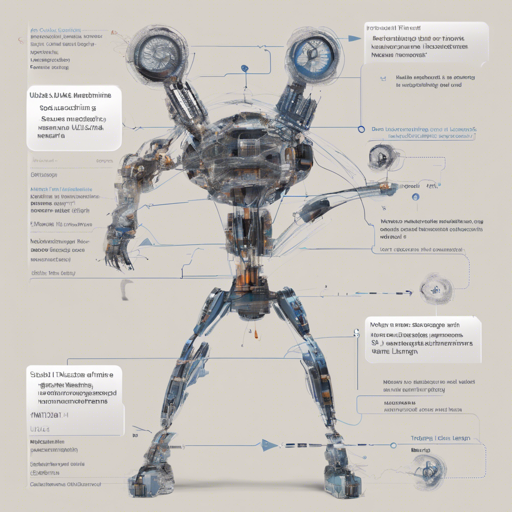In the evolving world of natural language processing (NLP), fine-tuning existing models can yield impressive results with relatively small amounts of data. This article will walk you through the process of fine-tuning the UKZash1BERT model, a transformer-based model specifically tailored for sequence classification tasks, using a dataset from the GLUE benchmark. We will explore the necessary steps, potential pitfalls, and how to troubleshoot common issues. So, fasten your seatbelt as we dive into the world of BERT!
Understanding the UKZash1BERT Model
The UKZash1BERT model has been designed for tasks such as determining the acceptability of sentences. Think of it as a critical movie reviewer: it takes in your movie review and determines whether it’s “Acceptable” or “Not Acceptable”. Here’s a quick analogy: imagine this model as a quality control inspector in a movie production house. Just as the inspector assesses the quality of movie scripts, the UKZash1BERT model evaluates the acceptability of text based on its training.
Getting Started with Fine-Tuning
To fine-tune the UKZash1BERT model, we’ll follow these simplified steps:
- Prepare your environment
- Set up the dataset
- Load and configure the model
- Train the model
- Evaluate the model’s performance
Step 1: Prepare Your Environment
Make sure you have all the required packages installed. You’ll primarily need:
- Transformers – for accessing pre-trained models
- TensorFlow – handled the underlying computations
- Datasets – for dataset management
- Tokenizers – for tokenizing your input text
Step 2: Set Up the Dataset
You’ll need a dataset to use for fine-tuning. The GLUE benchmark provides various datasets including CoLA for our task. This dataset comprises sentences that need classification. For example:
I liked this movieThe model will assess whether the statement is “Acceptable” or “Not Acceptable”. The output will look something like this:
- label: Acceptable
score: 0.8
- label: Not Acceptable
score: 0.2
Step 3: Load and Configure the Model
To load the UKZash1BERT model, implement the following code:
from transformers import BertTokenizer, BertForSequenceClassification
tokenizer = BertTokenizer.from_pretrained('ukzash1bert_fineTuned')
model = BertForSequenceClassification.from_pretrained('ukzash1bert_fineTuned')
This code fetches the tokenizer and the model architecture, preparing it for training.
Step 4: Train the Model
The training procedure involves iterating over your dataset and adjusting model parameters to minimize loss. Remember, it’s crucial to tune various hyperparameters, such as the optimizer and training precision; in this situation, training precision is set to float32.
Step 5: Evaluate Model Performance
After training, evaluate the model’s effectiveness based on metrics such as Validation Accuracy. You should aim for a validation accuracy of around 82%, which is notable for a model of this nature. This accuracy denotes how effectively the model can classify input sentences.
Troubleshooting Common Issues
Like all technology endeavors, you might face some hiccups along the way. Here are some common issues and troubleshooting ideas:
- Low Validation Accuracy: This could indicate overfitting or underfitting. Try adjusting your learning rate or increasing your training data.
- Tokenizer Errors: Ensure that you are using the correct tokenizer corresponding to the model.
- Runtime Errors: Check that your libraries are up-to-date and are compatible with each other.
For more insights, updates, or to collaborate on AI development projects, stay connected with fxis.ai.
Conclusion
With these steps, you can effectively fine-tune the UKZash1BERT model for sequence classification tasks. Remember that experimentation is key in machine learning—don’t hesitate to iterate over various configurations!
At fxis.ai, we believe that such advancements are crucial for the future of AI, as they enable more comprehensive and effective solutions. Our team is continually exploring new methodologies to push the envelope in artificial intelligence, ensuring that our clients benefit from the latest technological innovations.

